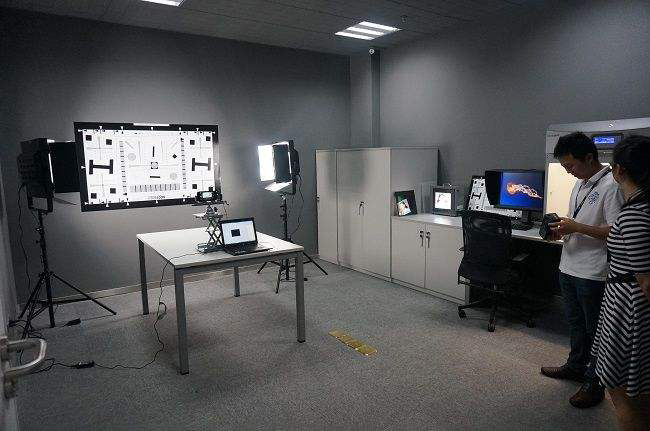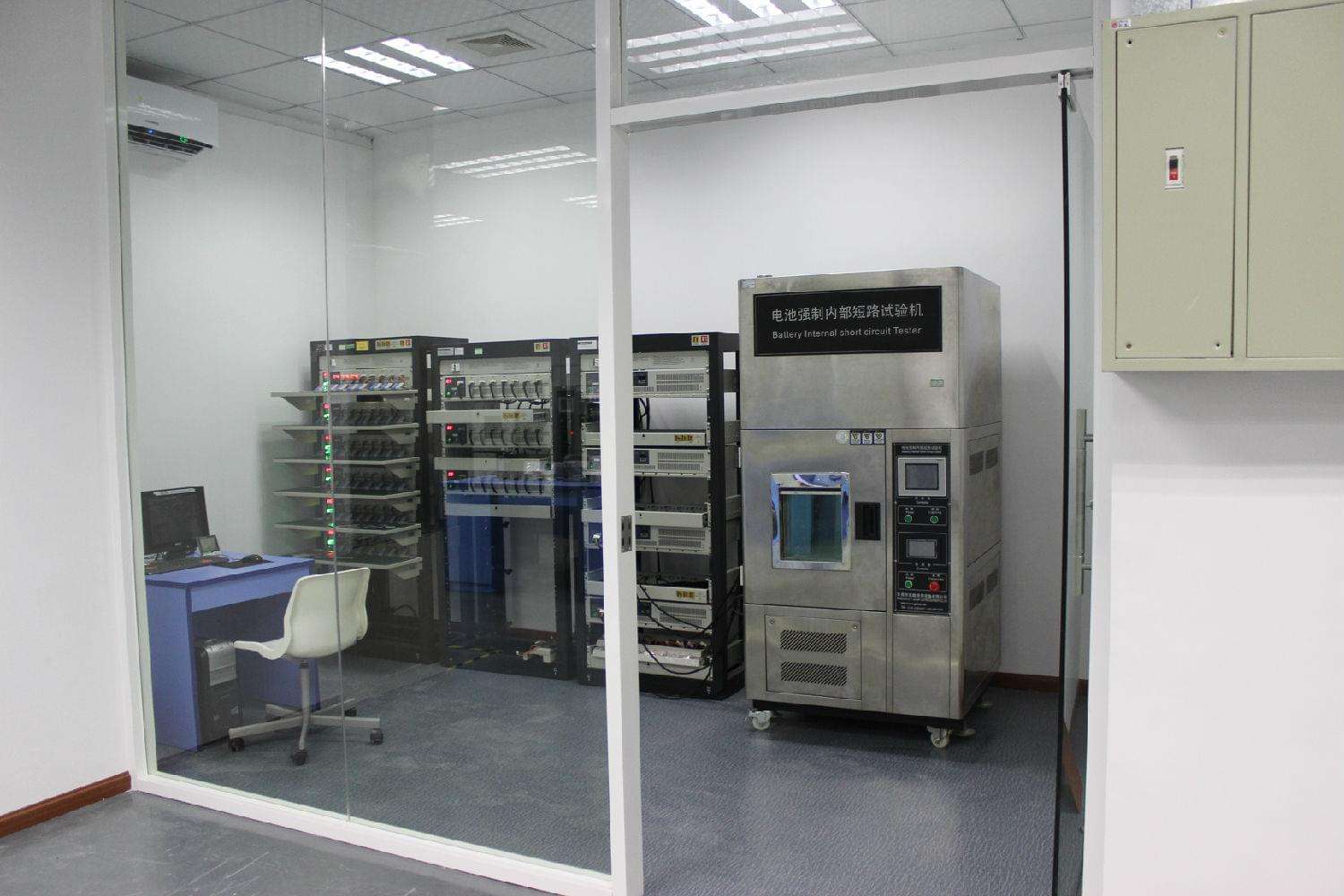What is an in car DVR, its working principle and application
With the development of the transportation and communication industries, in vehicle video surveillance systems have gradually become standard equipment for public transportation such as taxis and buses. In car monitoring not only ensures the safety of passengers inside the car, but also provides strong evidence in some cases. Vehicle monitoring systems have also driven the development of intelligent transportation, hence the emergence of vehicle DVR.

1. What is Automotive DVR:
Vehicle mounted DVRs belong to the segmented market of traditional embedded hard disk recorders. It is an emerging specialty product developed with the application of digital video and audio encoding technology in automobiles. It adopts an embedded processor and embedded operating system, combining the latest H.264 audio and video compression/decompression technology, GPS global positioning technology, 3G wireless communication technology, USB communication technology, advanced vehicle power management technology in the It field, and geographic information system geographic information technology. This product is mainly used for 24-hour monitoring of various vehicles, including synchronous audio and video recording, global positioning, and wireless audio and video real-time transmission. Connection of signal priority control system, passenger flow statistics system and other on-board equipment. This device has been widely used in public transportation, long-distance passenger transportation, school buses, engineering vehicles, container vehicles, tourism buses, logistics and freight, public security law enforcement vehicles, trains, subways, ships, planes and other mobile vehicles.
2. Working principle of on-board DVR:
At present, in car DVRs mainly use three storage methods: hard disk, USB flash drive, and SD card. In contrast, USB flash drives (car USB flash drives) have higher reliability.
(1) The USB flash drive has no mechanical moving components and low power consumption, making it suitable for buses with severe bumpy conditions and harsh power supply environments. In these cars, ordinary car DVRs simply cannot work;
(2) It facilitates data transcription by directly inserting a USB drive into the computer's USB interface, allowing for video playback and saving without the need for hard drive connectors, USB adapters, etc., making the operation simpler;
(3) The USB interface is designed for repeated insertion and removal, making it more reliable than an SD card. The SD card interface is an interface in the device that is not suitable for frequent insertion and removal, otherwise the damage rate will be quite high.
USB interface is an interface between devices, specifically designed for data exchange between devices. Regardless of the electrical, physical, or mechanical properties of the interface, it is suitable for long-term data exchange between devices.
3. Popular application areas:
(1) Personal Consumer Electronics Market: NVR is easy to install and use, and can help users easily install network monitoring systems without the help of engineers. With the improvement of living standards and the popularization of broadband, this demand will increase;
(2) Large scale and dispersed monitoring fields, such as road monitoring: Compared to optical fiber, NVR has a very high cost advantage;
(3) Small applications such as enterprises, supermarkets, internet cafes, etc.: With the rapid development of the NVR market, the requirements for managing a large amount of video signals and storing massive video data have driven the development of intelligent analysis technology. Currently, analysis software is becoming increasingly complex and accurate. Therefore, it will be widely applied in NVR, such as identifying and analyzing customer purchase patterns, identifying criminals, and monitoring specific unguarded targets in public places.
(4) Real estate is an increasingly popular industry recently. The construction and maintenance of some office buildings have brought many business opportunities for safety. Users in these fields pay more attention to the cost-effectiveness of their products and tend to accept PC style DVRs with a large number of channels.
At present, some mainstream DVR manufacturers are also watching the formation of the home user market. With the increasingly mature network conditions, the application of small video surveillance systems in home users is also worth looking forward to. The home user market has special requirements in terms of product structure, functional requirements, costs, etc. For example, according to Horsontech, some home users may need to operate relatively simple products. The dumber the better, the less complex the functions need to be, and a small number of paths can meet their needs at a low cost. Some users may also want to pay more attention to entertainment and automatic control functions. Some users may want DVR to have functions such as recording TV programs, automatic alarm, and mobile monitoring. The system can be connected to the internet, but also pays attention to protecting privacy and security.
 Having over ten years of experience in the manufacturing of tachographs
Having over ten years of experience in the manufacturing of tachographs
 Provide over 20 private mold designs, focusing on independent research and desig
Provide over 20 private mold designs, focusing on independent research and desig
 Over 10 years of R&D and QC experience
Over 10 years of R&D and QC experience